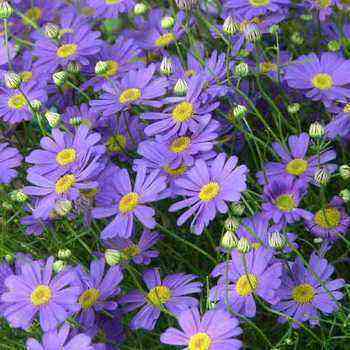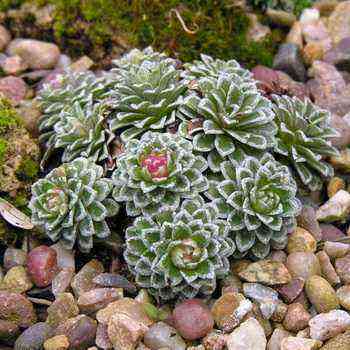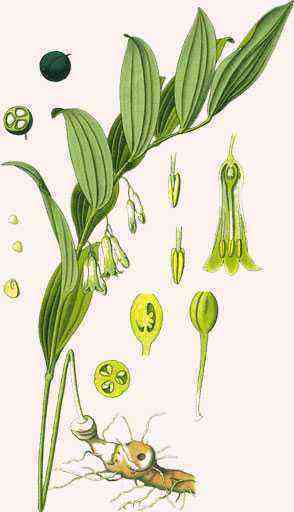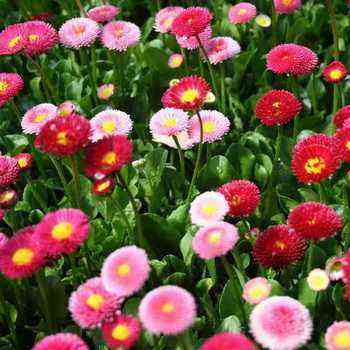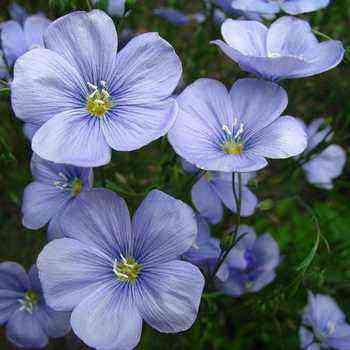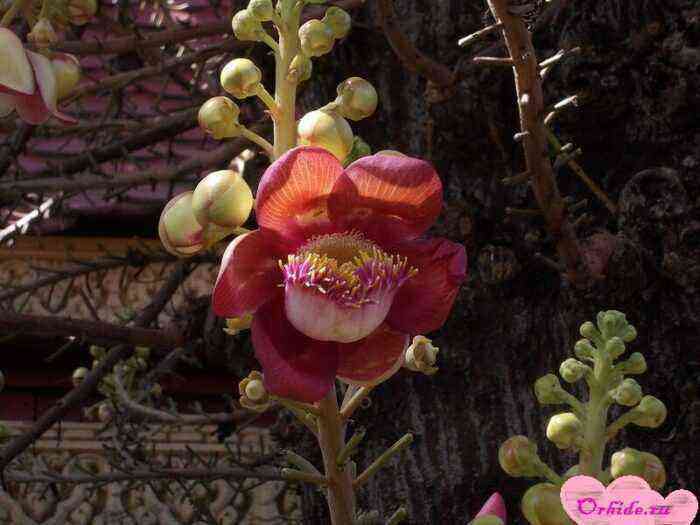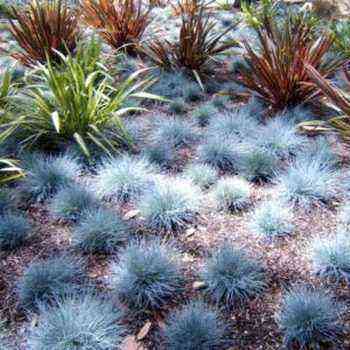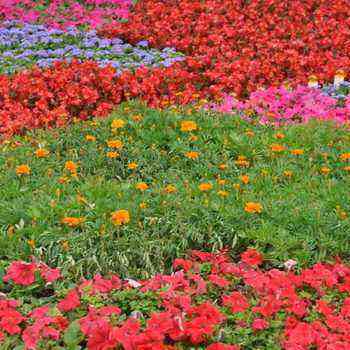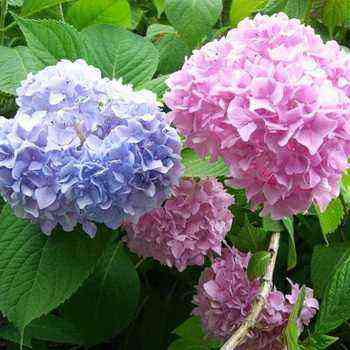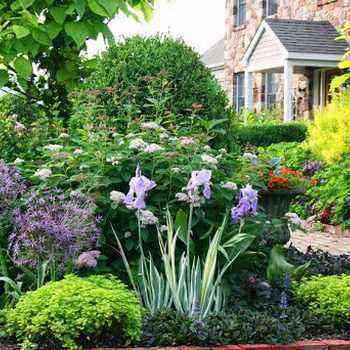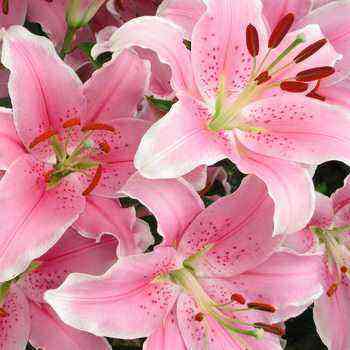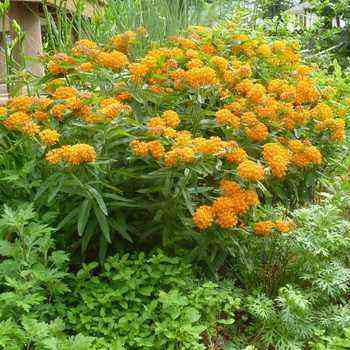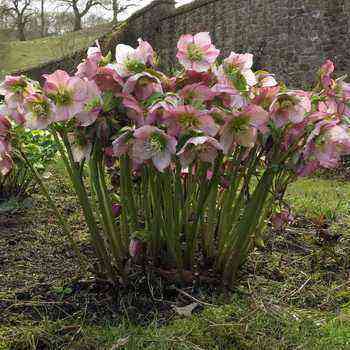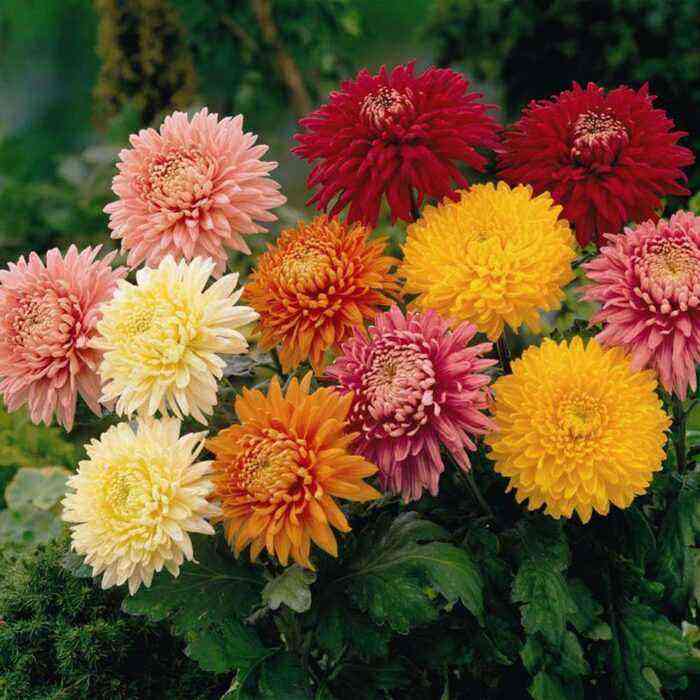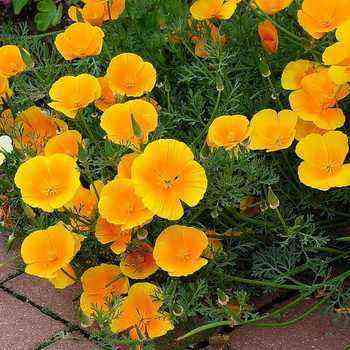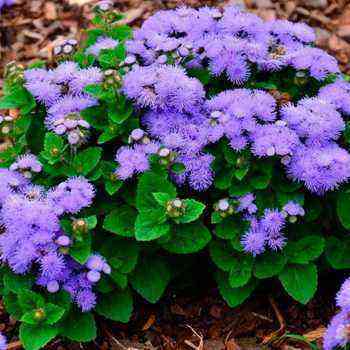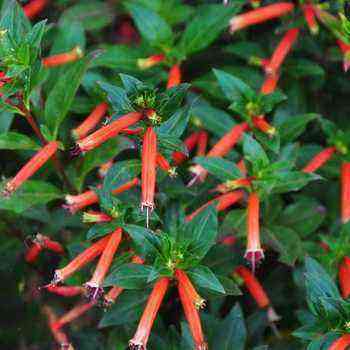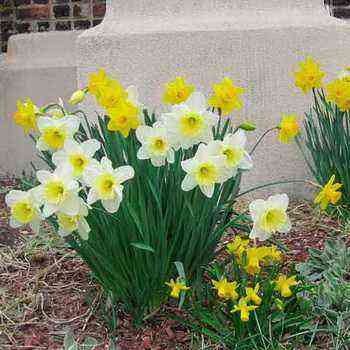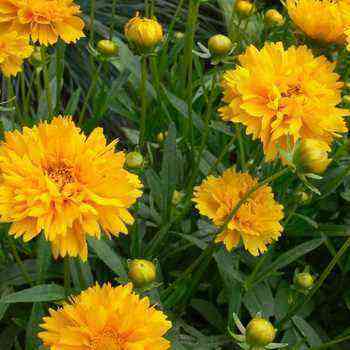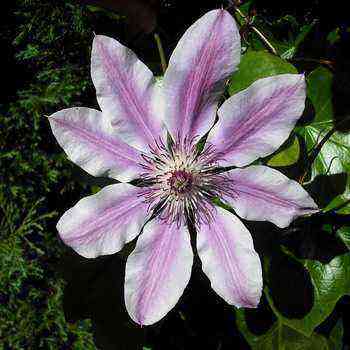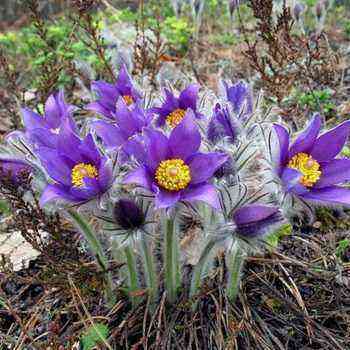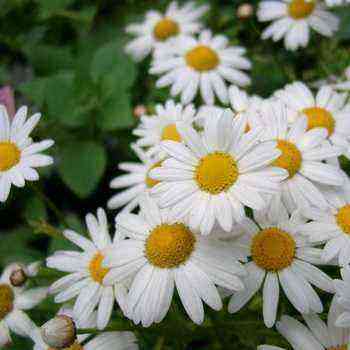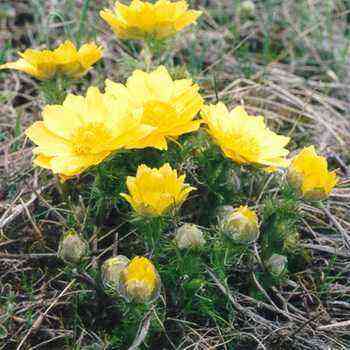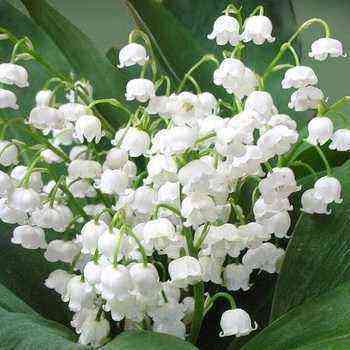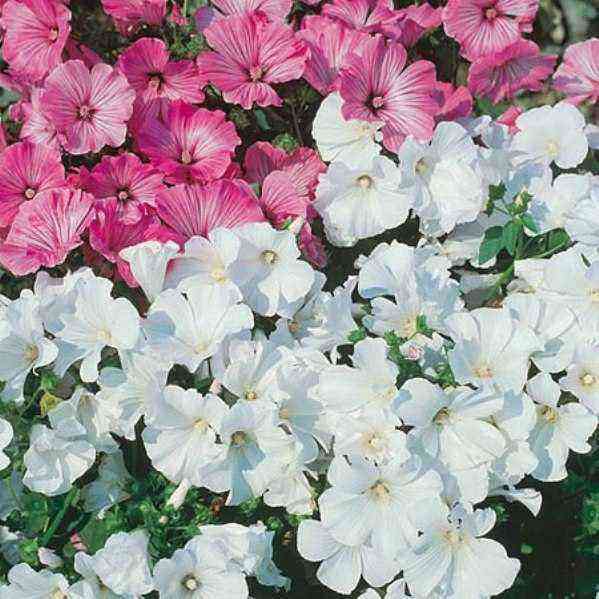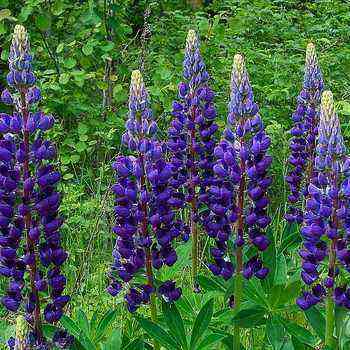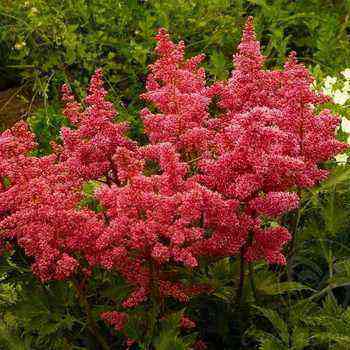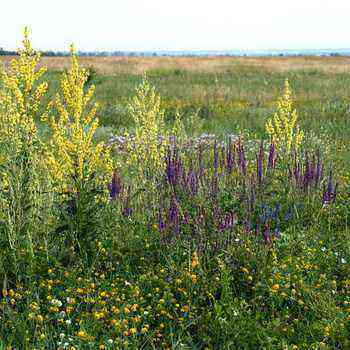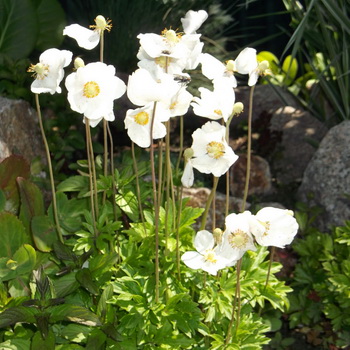 If, according to the description, anemone flowers seem too unpretentious to you, a big surprise awaits you: despite their seeming modesty, these plants are ways to decorate your garden in the most unpredictable way, and precisely because of their delicate simplicity. And given that their distillation can be timed to the desired dates (for example, to holidays) regardless of the season, the attractiveness of anemone will increase even more.
If, according to the description, anemone flowers seem too unpretentious to you, a big surprise awaits you: despite their seeming modesty, these plants are ways to decorate your garden in the most unpredictable way, and precisely because of their delicate simplicity. And given that their distillation can be timed to the desired dates (for example, to holidays) regardless of the season, the attractiveness of anemone will increase even more.
What does an anemone look like and when does it bloom
In nature, there are about 100 species of anemone (anemone) from the Buttercup family. These are forest, meadow, mountain herbaceous plants characteristic of many landscapes of the temperate climate of the Northern Hemisphere. Some species are used in floriculture.
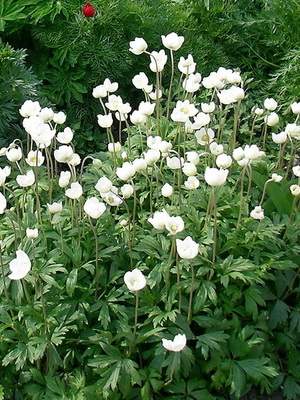
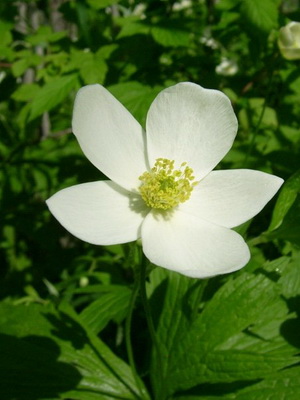
What does the different species of anemone look like and when do these plants bloom? In nature, the oak anemone and buttercup anemone are ubiquitous. These are early flowering perennial plants up to 20 cm tall with horizontal rhizomes. There is only one pinnately dissected basal leaf, but more often it is absent. Three similar bract leaves on relatively long petioles form a whorl just below the medium-sized (about 3 cm in diameter) flowers.
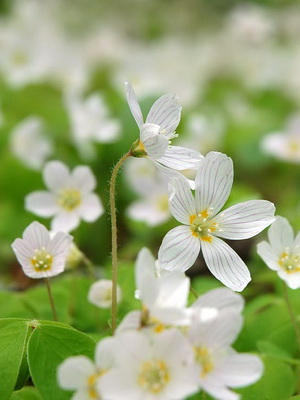

The flowers are solitary, they are white in the oak anemone, and yellow in the buttercup. They bloom in April-May, usually before the leaves bloom on the trees. In the middle of summer they fall into a state of rest. Garden forms with simple and double flowers of white, pink, blue and purple tones were obtained from the oak anemone. Both types of anemone give massive self-seeding, easily multiply by freshly harvested seeds and rhizome pieces.
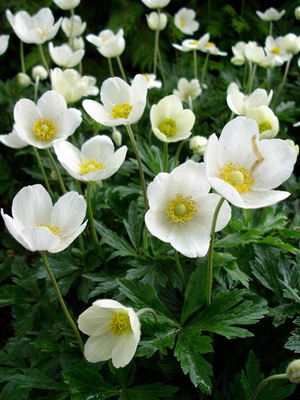

The forest anemone is one of the most beautiful representatives of this genus, but, unfortunately, it is extremely rare both in nature and in gardens. Plant height 25-30 cm. Has from 2 to 6 pinnately dissected openwork basal leaves.
Unlike other early spring species, the forest anemone gives the second generation of leaves, retaining its decorative effect in summer.
Pay attention to the photo, in the plant anemone forest bracts are located in the middle part of the peduncle, and not at the flower itself, as in the anemone of the oak tree:


The flowers are single, large (up to 7 cm in diameter), white, with a pleasant aroma, outside at the base with a purple tint, silky, pubescent. And when does the forest anemone bloom and how does it reproduce?


Flowering of this species of plants is long, falls on April-May, propagates both by seeds and by dividing rhizomes. Prefers calcareous and sandy soils.


Anemone crown in nature grows in the Mediterranean and Asia Minor. A herbaceous perennial, the underground part of which is a knobby “spreading” tuber. Above the basal pinnately dissected leaves there are flower stalks 25-30 cm high with large, single, bright flowers of various colors – red, blue, white, pink, lilac, bluish. There are varieties that have flowers with a border or spots of a different tone.
As you can see in the photo, the flowers of this species of anemone can be either simple or double or semi-double:
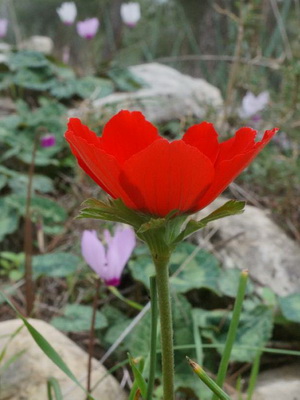
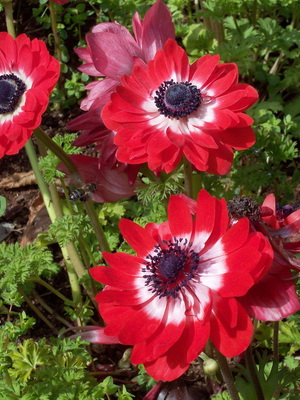

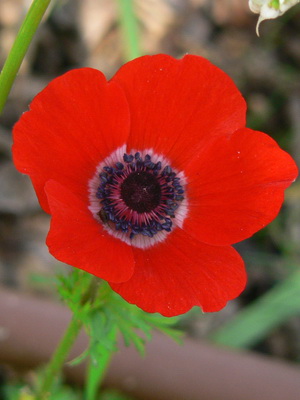
In the middle lane, plants bloom in May and June. They do not hibernate outdoors. They are cultivated like dahlias – the tubers are dug up in the fall and stored in a frost-free room, they are planted in the ground in the spring. When dividing tubers, you need to be careful, as they are very fragile. Fracture points are sprinkled with charcoal. It can also be propagated by seeds that are sown in autumn or spring.
The crown anemone is widely used for cutting in the winter. It can be driven out on certain dates (New Year, February 23, March 8), growing seedlings in a greenhouse.
Look at the photo of what different types of anemone look like:
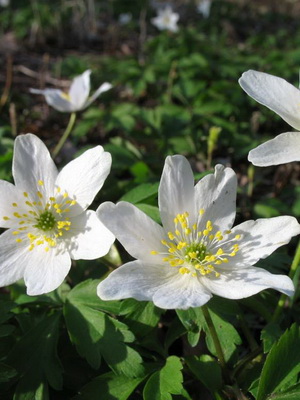

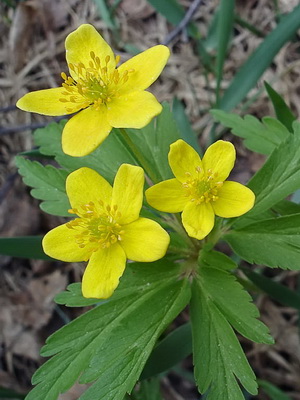
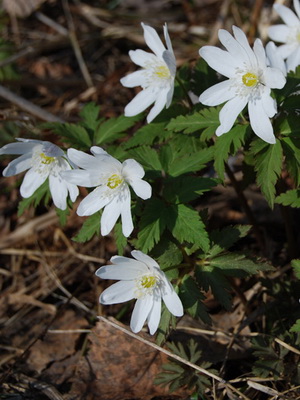
Planting, care and breeding of anemone
When planting and caring for anemone, do not forget that these plants usually require moderately fertile soil, breathable, with a neutral or slightly alkaline reaction. Plants develop normally in full sun and partial shade, strong shading is harmful for them.
Care is simple: during the growing season, watering is carried out in dry weather and weeds are weeded out. Plants respond well to early spring feeding with nitrogen or full mineral fertilizers in moderate doses (15 g per 10 liters of water per 1 m2). You can use an infusion of mullein, chicken droppings, wood ash.
Propagated by seeds and vegetatively. Seeds are sown before winter. If for some reason this has to be done in the spring, then stratification in wet sand is necessary. Propagated vegetatively in early spring or immediately after flowering. For division, take three to four-year-old plants. Sections of rhizomes are planted obliquely into grooves to a depth of 5 cm at a distance of 15-20 cm from each other.
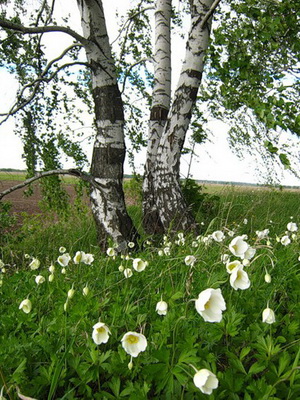

It is widely used in landscape design – as a “carpet” under trees or large groups. Early flowering anemones look good on alpine slides.

